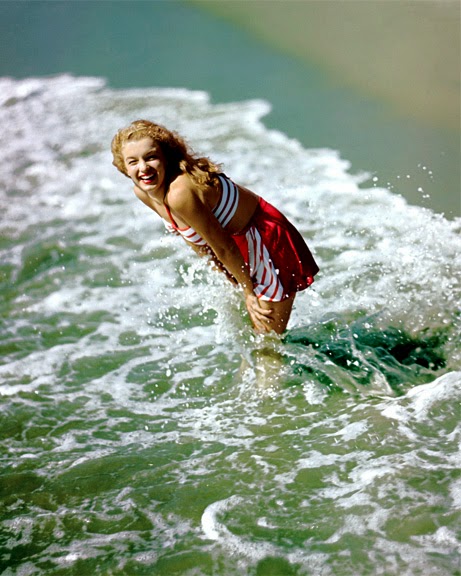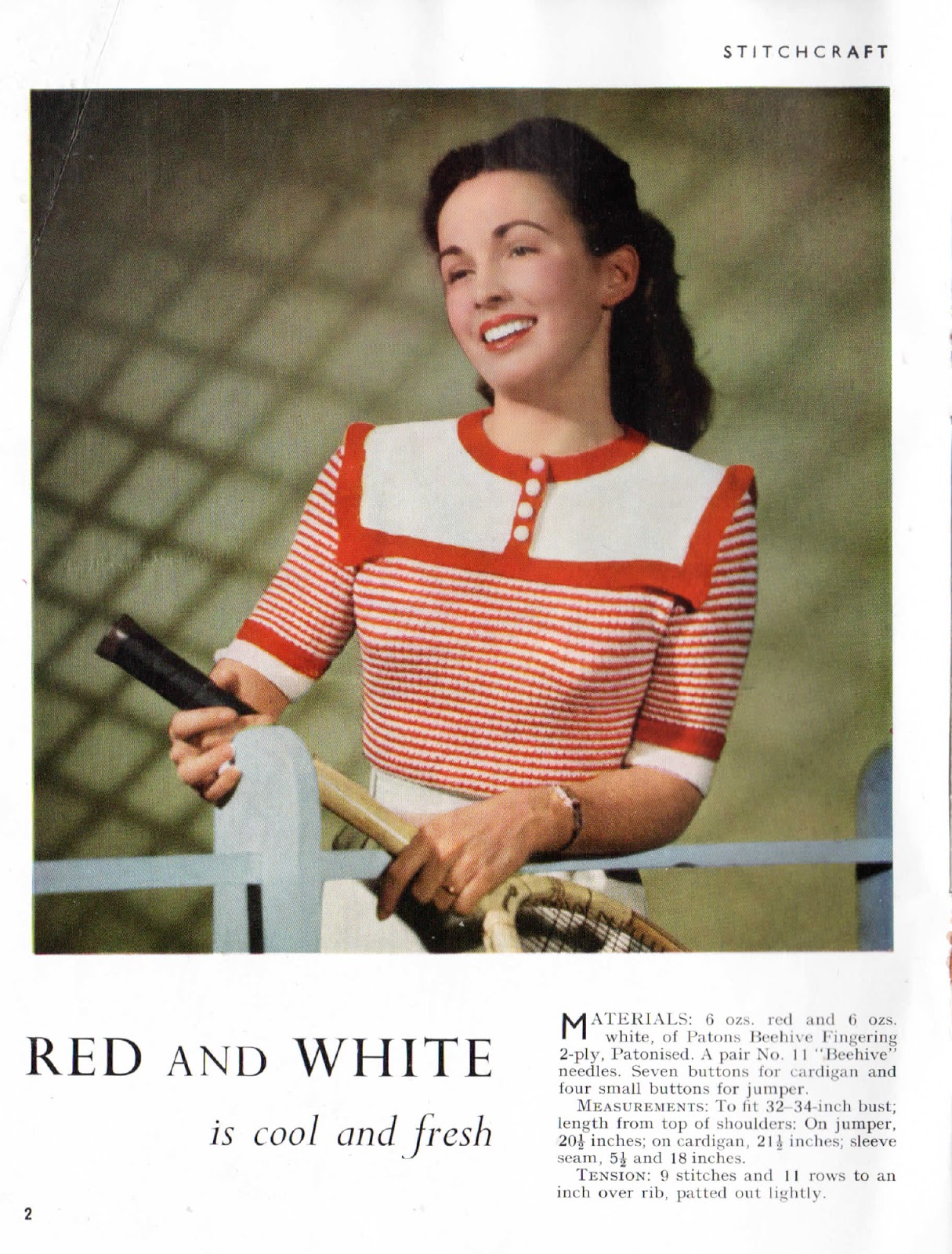Nos últimos dias o tempo tem sido mais Outonal, chove e a temperatura desceu. Eu amo tricotar em dias assim! E estive a tricotar toda feliz da vida estes cachecóis-laço para estas super simpáticas meninas: Danielle dos Estados Unidos e a Frith da Nova Zelândia! Obrigada meninas, por me terem dado esta oportunidade de vos tricotar este queridos cachecóis-laço. Amei toda a comunicação entre nós e sinto-me super contente e privilegiada de vos ter conhecido, boa gente.
 |
| These two are going to Danielle |
 |
| Actually I finished this one today and is going to Frith |
This cute key-hole bow scarf were named Miss Marple's after a fictional character from a Agatha Christie, a very sharp lady on the thirties that sported this knitted accessory. You can find them with slightly variations mainly on the thirties, forties and on the fifties. They are super cute!
Estes fofos cachecóis-laço são chamados de Miss Marple após do personagem de ficção de Agatha Christie, uma senhora muito sagaz dos anos trinta que usava este acessório de tricô. Podem encontrá-los com pequenas variações principalmente nos anos trinta, quarenta e cinquenta. São amorosos!
 |
| Miss Marple sporting her bow scarf :-) |
If you know how to knit, this is a nice quick project to make. And for those that would love to know how to knit, this is a cute and fun project to start learning! I let you here some links for some free patterns for these cutties. My bow scarf is a mixture of those, I ended up by doing my own pattern. If you need help with something just drop me a line! ;-)
Se sabem tricotar, este é um projeto muito giro e rápido de fazer. E para quem gostaria muito de saber fazer malha, este é um projeto amoroso e super divertido para começar a aprender! Deixo-vos aqui alguns links para algumas receitas grátis para estas fofuras. O meu é uma mistura destes, acabei por fazer a minha própria receita. Se precisarem de ajuda com alguma coisa é só apitar! ;-)
Thank you all the nice ladies that provided the patterns!
Have a nice weekend! Bom fim de semana!
Miss Beta
{click on Miss Marple's photo for image source}
















